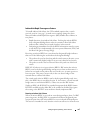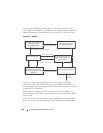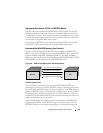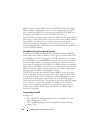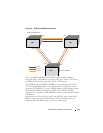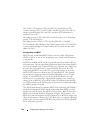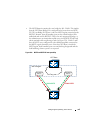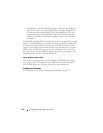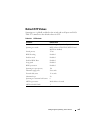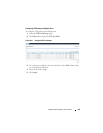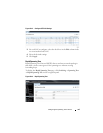
734 Configuring the Spanning Tree Protocol
• The alternative is that the RSTP-PV domain contains the root bridges for
ALL VLANs. This is only true if all RSTP-PV root bridges’ Bridge IDs for
all VLANs are better than the MSTP CIST Root Bridge ID. This is not a
supported topology, because all MSTIs map to CIST on the border link,
and it is not possible to load-balance the MSTIs as they enter the RSTP-
PV domain.
The Dell Networking RSTP-PV implementation does not support the second
option. The MSTP domain must contain the bridge with the best Bridge ID
to ensure that the CIST Root is also the root for all RSTP-PV trees. In any
other case, the MSTP border switch will place the ports that receive superior
BPDUs from the RSTP-PV region in the root-inconsistent state. To resolve
this issue, ensure that the RSTP-PV domain does not have any bridges with
Bridge IDs better than the CIST Root Bridge ID.
Native VLAN Inconsistent State
This occurs if a trunk port receives an untagged SSTP BPDU with a VLAN
type, length, value (TLV) that does not match the VLAN where the BPDU
was received. In this case, the port transitions to the blocked state.
Configuration Examples
See "RSTP-PV Access Switch Configuration Example" on page 756.




